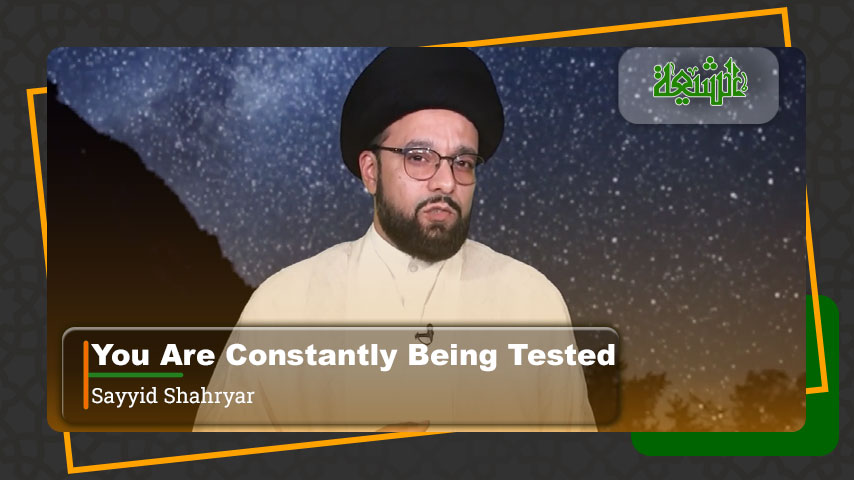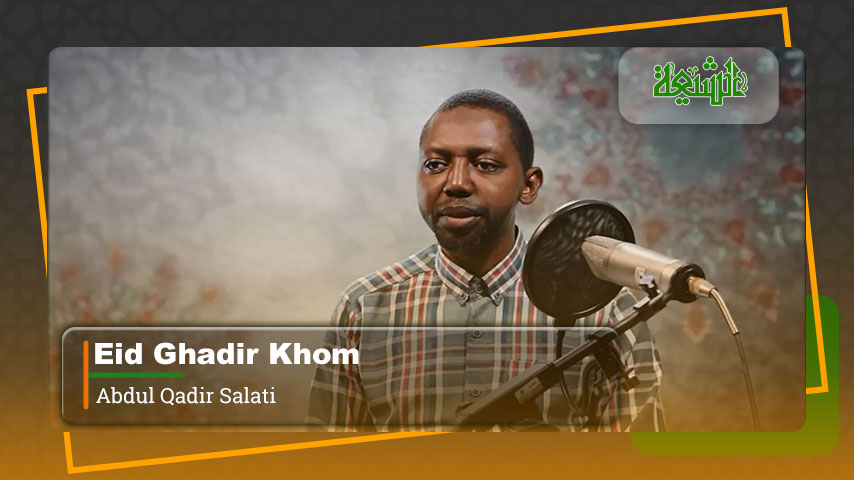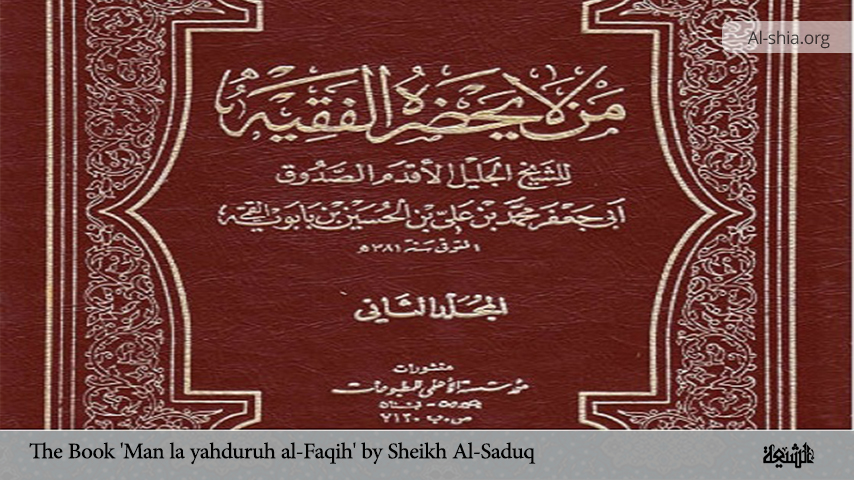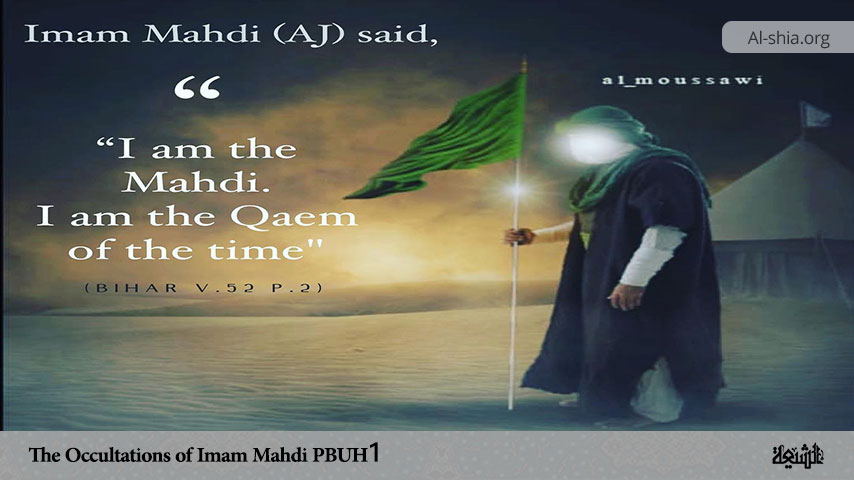One of the important events that happened in Shawwal[1] in the fifth year of Hijrah[2] was the Battle of Khandaq[3] (i.e., the Battle of the Trench or The Battle of Aḥzāb). The Meccan polytheists with the help of the remaining Jews in Medina and the support of various parties and tribes went to Medina with more than ten thousand fighting men[4], to finish off the activities of the Prophet (PBUHH) and the Muslims so that they could be relieved of the Muslim forever.
Due to a large number of troops, the weapons of the Quraysh armies, the long siege, the lack of sufficient food in the city of Medina, the difficult economic situation and the internal disruptions that were caused by the Jews of Bani Qurayzah and the hypocrites, the Battle had seriously threatened the Muslims. Thus, it was one of the most difficult battles and conflicts the Prophet of Allah and his Companions had ever had with the enemy.
Cause
According to reports, it is mentioned that after the Banu Nadir tribe[5] was exiled from Medina by the Prophet (PBUHH) due to their disloyalty, went to Khaybar and instigated other Jews to arrange a war against Muslims. Thereafter, some Jews from Banu Nadir and Banu Wa’il went to Mecca and encouraged Abu Sufyan and Quraysh to begin a war against Prophet Muhammad (PBUHH) and thus Jews and Quraysh became unified[6].
Consultation with the Companions
The news of the movement of the Quraysh army reached the Messenger of Allah (PBUHH) and they thought about how to confront this large army. They had no other option but to stay in the city of Medina and assume a defensive posture, but still, a plan was needed to protect the city from the enemy’s attack. For this reason, the Prophet of Allah (PBUHH) consulted with his companions about this and Salman Farsi suggested that a ditch should be dug in those parts of Medina that are in the path of the enemy. The Messenger of Allah liked this opinion and it was decided to ditch a large part of the north and especially, the northwest of Medina in the shape of a crescent[7].
Following the news of the movement of the Confederate armies, panic spread throughout Medina, with the difference that the faithful ones, knowing that they had a difficult test ahead of them, were afraid of whether they would be able to handle the test well or not. But the weak-minded and hypocritical people were afraid of their fate, wives, children, and their property and possessions.
Digging of the Ditch
The digging of the ditch took six days to complete and the main reason for this speed of action and the progress of the work was that the noble Prophet of Allah (PBUHH) himself worked like an ordinary person. The Muslims who saw their noble leader struggling with all the troubles and problems and carrying stones and dirt on his shoulders were encouraged to work and act quickly.
Amr ibn Auf says: My portion and that of Salman, Huzayfa, Nu’man and six other members of the Ansar had reached forty cubits and we were digging that part when suddenly we came across a hard rock piece which could not be broken by a pickaxe but it had even damaged some pickaxes. When we noticed this, we said to Salman: “Go to the Messenger of Allah and tell him about this rock, so that if he permits, we can dig behind it and bend the path of the ditch.”
Salman approached the Prophet (PBUHH) and explained the situation to him. While all those nine men were standing by the ditch waiting for Salman to bring an order, the Prophet got up and came to them and took Salman’s pickaxe, entered the ditch and hit the rock with it and a part of it broke and stunning lightning which illuminated a large radius was produced and it looked like a lamp that illuminates the atmosphere of Medina in the middle of the night. The Prophet said Allahu Akbar loudly and the other Muslims did the same. Thereafter, the Messenger of Allah (PBUHH) hit the rock with the pickaxe for the second time and another part of it broke and there was a lot of lightning like the first one, the Prophet said Allahu Akbar again and the Muslims also did the same. Then he hit the rock for the third time with the pickaxe and the light was illuminated and they all said Allahu Akbar.
Salman asked the Holy Prophet (PBUHH) about those several dazzling flashes of lightning and the saying of Allahu Akbar. The Prophet said while others were also listening: “The first time I hit the pickaxe [on the rock) and that lightning flashed, I saw the palaces of Hira and Madayin that looked like the fangs of dogs in that lightning, and Gabriel informed me that my nation would conquer those palaces. And in the second flash of the lightning, the red palaces of the Rome territory were revealed to me, and Gabriel informed me that my nation would conquer them. In the third flash, I saw the palaces of Sana’a, and Gabriel informed me that my nation would conquer those palaces, so it is good news for you[8].
The Arrival of Confederates of Armies
The large army of Quraysh and other allied parties arrived in groups with their weapons they had and camped at the foot of Mount Uhud, but when they did not encounter the Muslim army, they moved towards Medina until they reached the side of the ditch. Because they were unable to advance further, they camped on the same side of the ditch.
In the meantime, the news of the breaking of the treaty by the Jews of Bani Qurayzah also reached the Messenger of Allah (PBUHH) and he got worried. Indeed, it was a difficult task, because with this incident, the enemy had surrounded the Muslims from all sides, and this was the danger that Bani Qurayzah posed, as the Muslim troops were taking a position in front of the Confederate armies by the trench, Bani Qurayzah used the opportunity to attack inside the city and the women, children and the people’s houses were attacked and looted. This news was not hidden and all the Muslims were gradually informed about the breaking of the treaty by Bani Qurayzah and their fear and anxiety increased[9].
In the meantime, ‘Amr ibn ‘Abd Wudd, who was considered the bravest Arab man and equal to a thousand men, put himself in front of the ranks of the Muslims and challenged them to a duel. When he noticed that no one responded to him, he started mocking and taunting the Muslims. And no one except Ali stood up every time he put forward the challenge but the Messenger of Allah (PBUHH) told him to sit, as no other person responded to him and dared to challenge him. Not only did they not have the courage to challenge ‘Amr, but they also scared others from fighting with him and made everyone’s hearts empty.
The Messenger of Allah (PBUHH) who witnessed this, gave permission to Ali to challenge him and said: “Come forward!” And when Ali went ahead, the Prophet (PBUHH) put his armour on his body and his turban on his head and gave him his special sword, then he said to him: “Go ahead”
When Ali left, the Prophet said: “Indeed, the whole faith (Iman) has confronted the whole kufr (or shirk)![10]“ Amr dismounted from the horse and attacked Ali, he pointed the sword towards Ali’s head, but Ali drew his shield to prevent it. However, Amr’s sword splits the shield and hits the forefront of Ali’s head as well. However, Ali did not give him any respite at that moment and struck the sword behind Amr’s neck and hit him so hard that his head was cut off and fell to the ground[11].
According to a narration by Jabir who said: “I was with Ali at that moment to watch the fight of the two of them, and when they attacked each other, a dust arose that no one could see the two of them anymore, and amid that dust suddenly, the voice of Ali’s glorification of Allah [Takbīr] was raised and everyone knew that Amr has been killed by Ali.”
With all the problems it had created for the Muslims and the pressure and difficulty it had on them, the Battle of Khandaq ended [in favour of the Muslims] with divine support and the Confederate armies quickly fled towards Mecca. The Muslims took away the enemy’s weapons and tents and they returned to the city victoriously.
Lesson from the Battle
The Battle of the Khandaq offers timeless lessons in unity, strategic planning, faith, leadership, diplomacy, perseverance, and resilience, which continue to resonate in various contexts beyond the battlefield. Meanwhile, here are some of its lessons:
1. Unity and Cooperation: The battle showcased the importance of unity and cooperation among diverse groups. Muslims, including immigrants (Muhajireen) and residents of Medina (Ansar), worked together to defend the city against a formidable enemy.
2. Strategic Planning: The Prophet Muhammad’s strategic planning, such as digging a trench around Medina to thwart the enemy’s advance, illustrates the importance of strategic foresight and planning in military tactics.
3. Faith and Trust in God: The Battle of the Trench is a testament to the power of faith and trust in God’s guidance. Despite facing overwhelming odds, the Muslims remained steadfast in their faith, believing that God would assist them in their time of need.
4. Leadership and Decision-making: The leadership of Prophet Muhammad (PBUHH) during the battle exemplifies effective decision-making under pressure. His ability to inspire and lead his followers, even in the face of adversity, highlights the importance of strong leadership in times of crisis.
5. Diplomacy and Alliances: The battle also emphasizes the significance of diplomacy and forming alliances. The Muslims sought alliances with neighbouring tribes to strengthen their position and deter potential threats.
6. Perseverance and Resilience: The endurance and resilience displayed by the Muslims during the siege underscore the importance of perseverance in the face of challenges. Despite enduring hunger, fatigue, and harsh conditions, they remained resolute in their defence of their community.
References
[1] . Ibn Hishām, al-Sīra al-nabawīyya, vol. 3, p. 224; Ṭabarī, Tārīkh al-Ṭabarī, vol. 2, p. 564.
[2] . Ibn Hishām, al-Sīra al-nabawīyya, vol. 3, p. 224; Ṭabarī, Tārīkh al-Ṭabarī, vol. 2, p. 564.
[3] . The Battle is named as Khandaq (trench) because Muslims dug a trench to protect themselves against the enemies. (cf. Ibn Saʿd, al-Ṭabaqāt al-kubrā, vol. 2, p. 65) It is also named as Aḥzāb (confederates) because the Quraysh tribe got unified with other tribes to fight Islam and the Muslims. (cf. Ṣāliḥī Shāmī, Subul al-hudā wa al-rashād fī sīrat khayr al-ʿibād, vol. 5, p. 405)
[4] . Ibn Hishām, al-Sīra al-nabawīyya, vol. 3, p. 230; Ibn Saʿd, al-Ṭabaqāt al-kubrā, vol. 2, p. 66.
[5] . Banu Nadir is one of the Jewish tribes residing in Medina until the early years of Hijra. They resided in Medina before the emergence of Islam. After the immigration of Prophet Muhammad to Medina, they made a compromise treaty with Muslims but Banu Nadir breached the treaty and the Prophet therefore exiled them from Median
[6] . Wāqidī, al-Maghāzī, vol. 2, p. 441-442; Ṭabarī, Tārīkh al-Ṭabarī, vol. 2, p. 565; Balādhurī, Ansāb al-ashrāf, vol. 1, p. 409.
[7] . Wāqidī, al-Maghāzī, vol. 2, p. 445; Ibn Hishām, al-Sīra al-nabawīyya, vol. 3, p. 235; Balādhurī, Ansāb al-ashrāf, vol. 1, p. 409-410.
[8] . Ibn Hishām, al-Sīra al-nabawīyya, vol. 3, p. 230; Ṭabarī, Tārīkh al-Ṭabarī, vol. 2, p. 568-569; Abū Nuʿaym al-Iṣfahānī, Dalāʾil al-nubuwwa, p. 432; Wāqidī, al-Maghāzī, vol. 2, p. 449-450.
[9] . Wāqidī, al-Maghāzī, vol. 2, p. 458-459; Ṭabarī, Tārīkh al-Ṭabarī, vol. 2, p. 571-572.
[10] . Karājakī, Kanz al-Fawāʾid, vol. 1, p. 297; Ṭabrisī, Iʿlām al-warā bi-aʿlām al-hudā, vol. 1, p. 381; Ibn Abī l-Ḥadīd, Sharḥ Nahj al-balagha, vol. 13, p. 261; vol. 19, 61.
[11] . Wāqidī, al-Maghāzī, vol. 2, p. 470-471; Ibn Hishām, al-Sīra al-nabawīyya, vol. 3, p. 234-237; Ṭabarī, Tārīkh al-Ṭabarī, vol. 2, p. 573-574; Mufīd, al-Irshād, vol.1, p. 98-109.

















